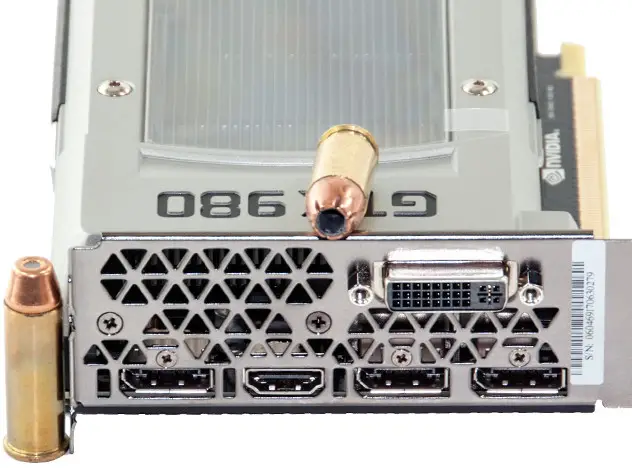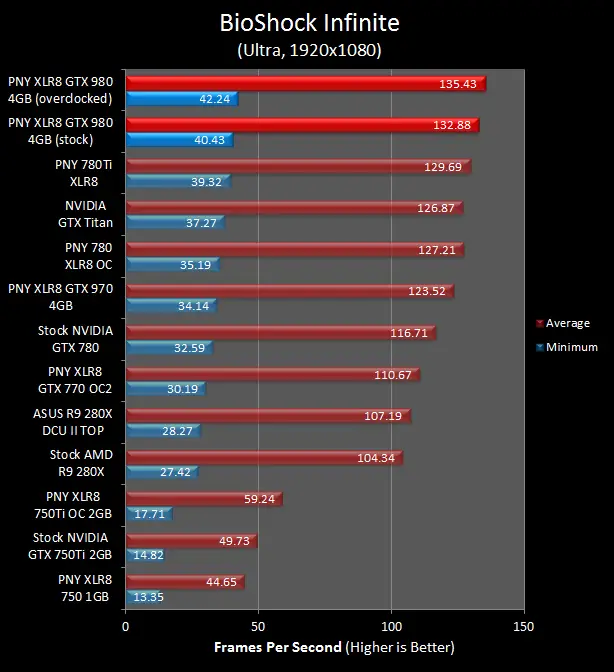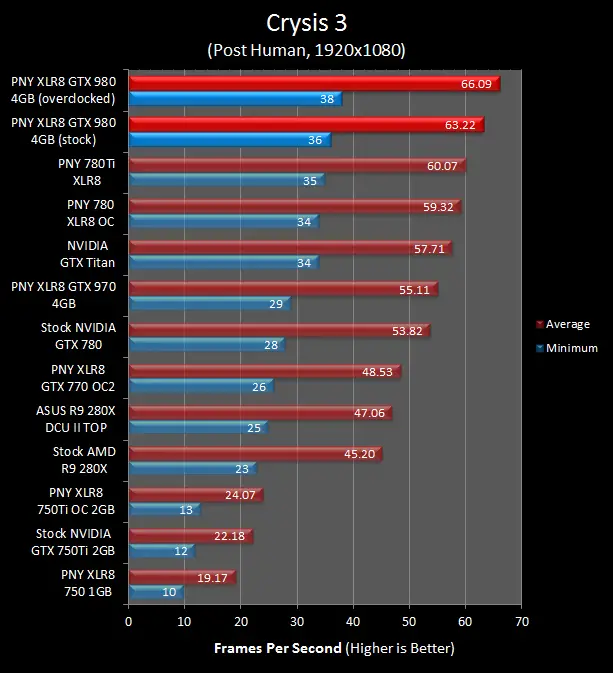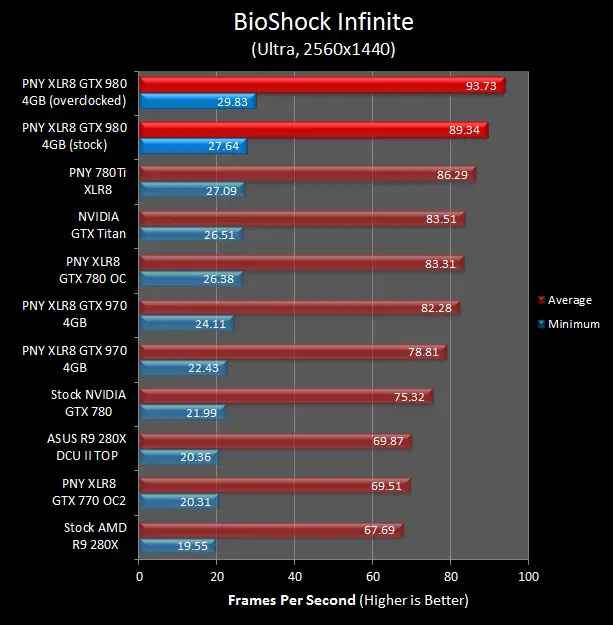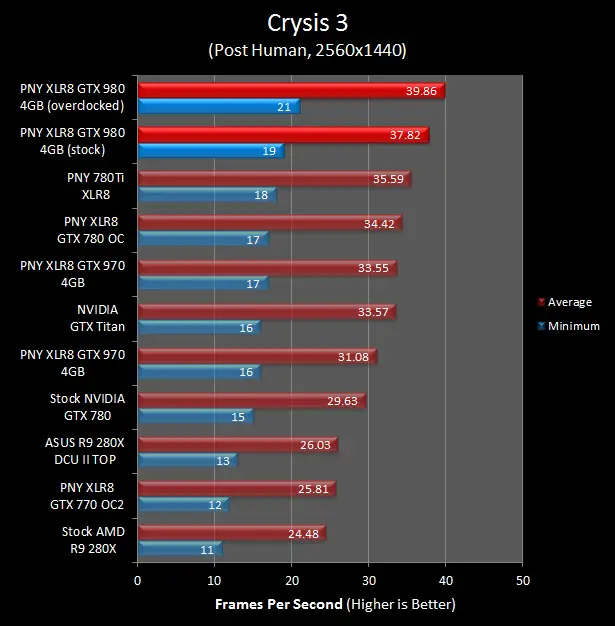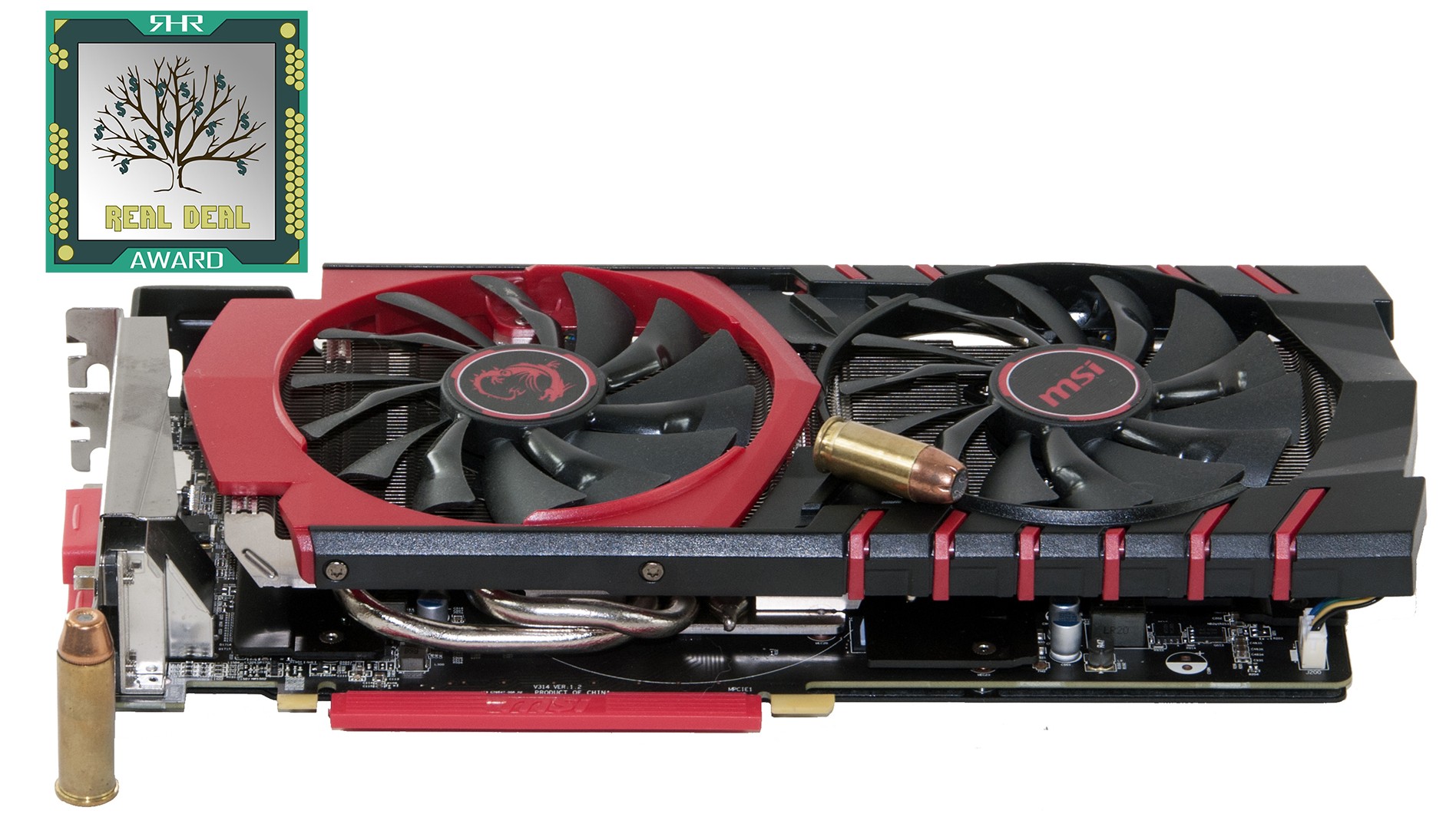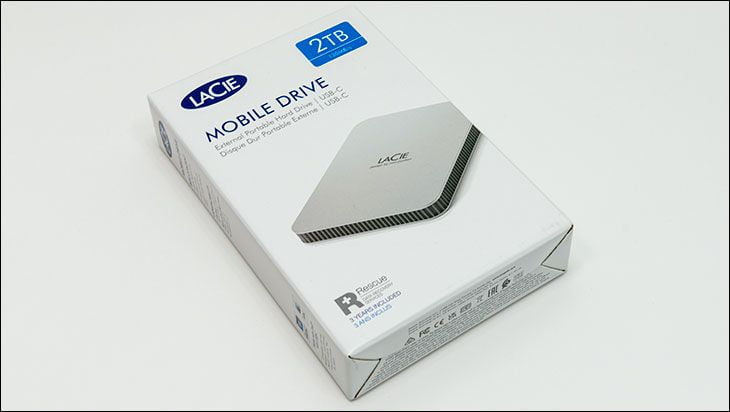Overclocking
To discover our PNY GeForce GTX 980 XLR8 4GB sample’s overclocking abilities we used EVGA’s Precision X software and began raising power and thermal thresholds to the maximum allowed and then increased the voltage also to the maximum permitted. Then using Unigine’s Valley benchmark we began stability testing.
After the less than spectacular overclocking results we obtained with the PNY GTX 970 XLR8 we must admit to a certain amount of trepidation as we approached this phase of testing. Thankfully, the fault of the 970 is definitely not the Maxwell archteticure and instead was entirely the less than perfect cooling solution. When you take a rather cool running core and pair it to a relatively beefy cooler and the end result is a match that may not exactly be made in heaven but is still impressive nonetheless.
At the end of the day we hit the physical limit of our particular Maxwell 980 gpu long before the cooling really became an issue. While yes the core does indeed get toasty fairly quickly, as long as you over-ride the default fan speed profile and let it run flat out, this reference 780’esque cooling solution is more than enough for this next generation. In the end we were able to hit a peak of 1488MHz on the GPU. This is 272Mhz improvement over the factory ‘reference’ boost speed and represents a 22.4 % overclock.
On the memory side of the overclocking equation we were able to boost the GDDR5 RAM ICs from a stock 7Ghz to 7.8GHz. This is fairly average for high performance graphics memory ICs but still well over a 11% memory boost – and nothing the sneeze at. This combination of even faster GPU speed with faster memory speed translated in a very nice real world performance boost and was certainly worth the effort of dialing in the overclock.
